Night-Time Potty Training: A Step-by-Step Guide
Night-time potty training is a significant milestone in a child’s development, marking the transition from diapers to independent sleep hygiene. This process requires patience, consistency, and understanding as you guide your child through this essential phase. Our blog will help you get a clear mind of the importance of nighttime potty training. Then, you can get the signs that your child is ready and apply practical advice for success.
Importance of Night Time Potty Training
Nighttime potty training is the process of teaching a child to stay dry at night. This can be a challenging task, but it is important for several reasons:
- Nighttime potty training can help to improve a child’s self-esteem. When a child can stay dry at night, it gives them a sense of accomplishment and independence. This can boost their self-confidence and make them feel like a big kid.
- Besides, this method can help to reduce the risk of urinary tract infections (UTIs). UTIs are more common in children who wet the bed. When a child can stay dry at night, they are less likely to be exposed to bacteria that can cause UTIs.
- On the other hand, nighttime potty training can help improve a child’s sleep quality. Children who wet the bed are likelier to wake up at night to use the bathroom. When a child can stay dry at night, they are more likely to sleep through the night without waking up.
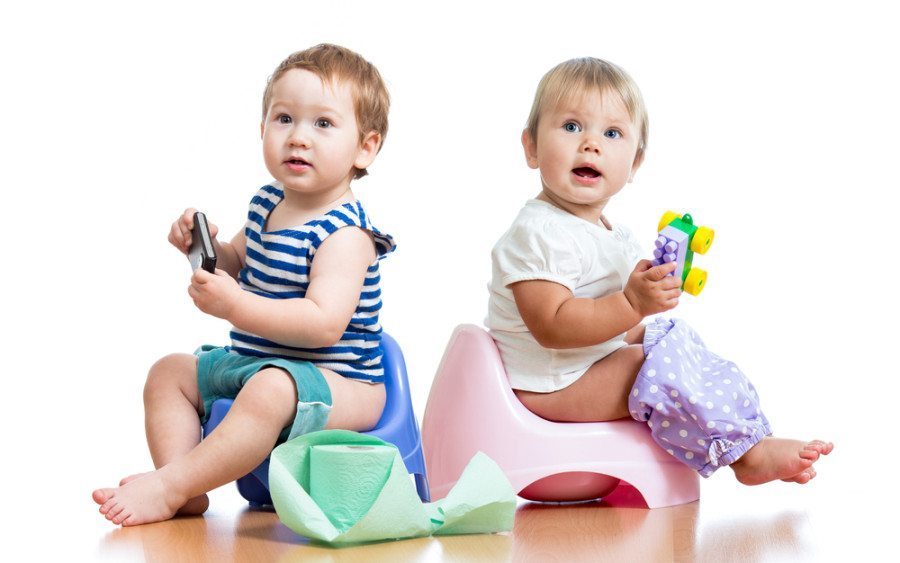
Signs Your Child Is Ready for Night-Time Potty Training
There are a few key signs that indicate that your child may be ready for nighttime potty training:
- Your little one can remain dry for at least 8 consecutive hours/day. This means that their bladder has developed enough to hold urine longer.
- Teach your kid to tell you when they need the potty. Communication is key. If your child can express the need to use the bathroom, it’s a positive sign that they are ready for nighttime potty training.
- Your kid is interested in potty training. They may show curiosity about underwear or ask questions about how to use the toilet.
Can Night-Time Potty Be Trained?
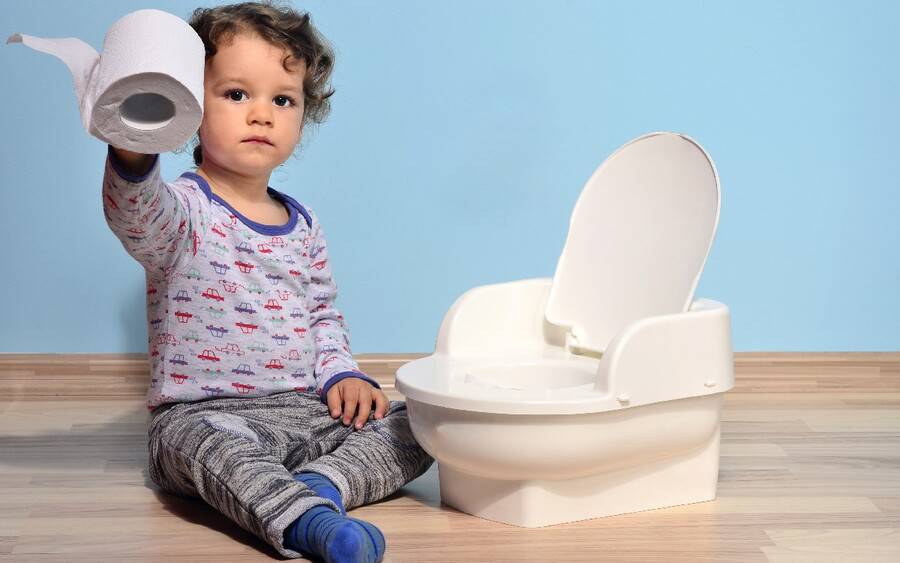
The answer is yes, but it may take some time and patience. The average age for a child to master nighttime potty training is 5 to 6 years old. However, some children may be trained as early as 3 or 4.
There are a few factors that can affect when a child is ready for nighttime potty training, including:
- Bladder development: The child’s bladder should be able to retain urine for at least 7 to 8 hours during the night.
- Brain development: The child’s brain must be capable of awakening them when the need to use the bathroom arises.
- Interest: Your baby needs to be interested in potty training and want to learn how to do it.
10 Tips for Night-Time Potty Training Success
Nighttime potty training can be a challenging task for both parents and children. Parents need to be patient and understanding to bring positive reinforcement for their children to succeed. Here are ten tips to help your child stay dry at night:
1. Start with a regular potty schedule
Establish a consistent bedtime routine that includes taking your child to the toilet before bed and upon waking up. This will help regulate their bladder and bowel movements.
- Before bed: Take your child to the bathroom 30 minutes before bed so they can urinate.
- Upon waking: Make sure your child uses the toilet in the morning to empty their bladder and prepare for a dry night.
2. Ditch the diapers cold turkey
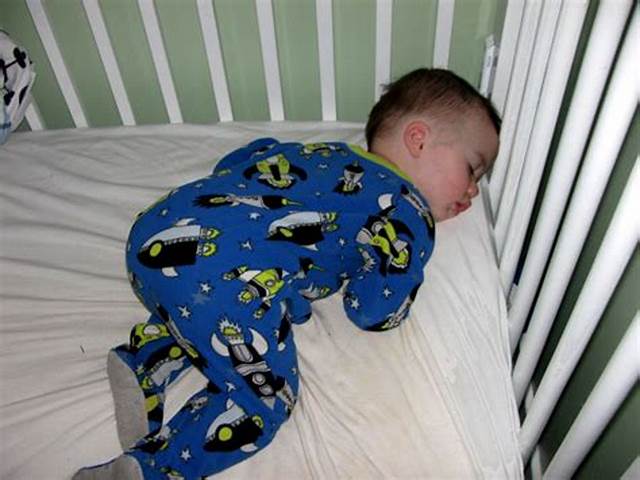
When your child exhibits signs of readiness, switch them from diapers to underwear at night. This transition will allow them to experience the sensation of wetness, potentially prompting them to wake up when they need to use the restroom.
- Talk to your child about the benefits of wearing underwear. Explain that underwear is for big kids who can use the toilet.
- Encourage your child to choose their own underwear. This will help them feel more excited about the transition.
3. Limit fluids before bed
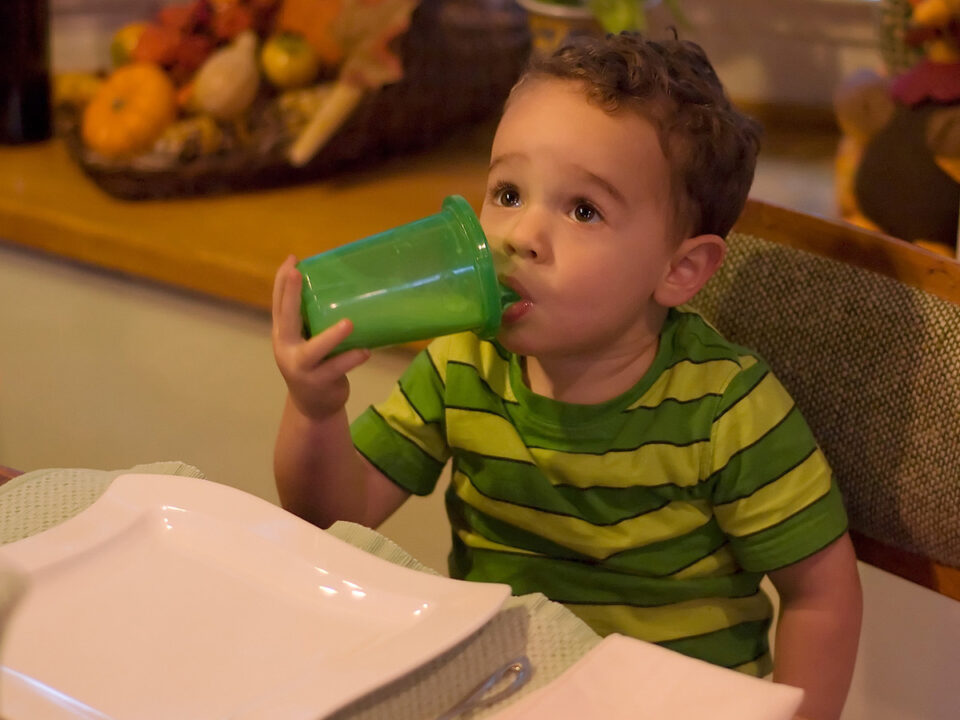
To reduce the likelihood of accidents during the night, limit your child’s fluid intake in the hours leading up to bedtime.
- Offer your child a drink of water before bed, but limit it to one cup.
- Avoid giving your child sugary drinks or drinks with caffeine before bed. These drinks can dehydrate your child.
4. Praise your child for staying dry at night
Positive reinforcement is crucial for encouraging continued success. Acknowledge and celebrate your child’s efforts, even if they have minor accidents.
- Tell your child how proud you are of them for staying dry.
- Give your child a small reward, such as a sticker or a star.
5. Establish a morning routine with peeing as the starting point
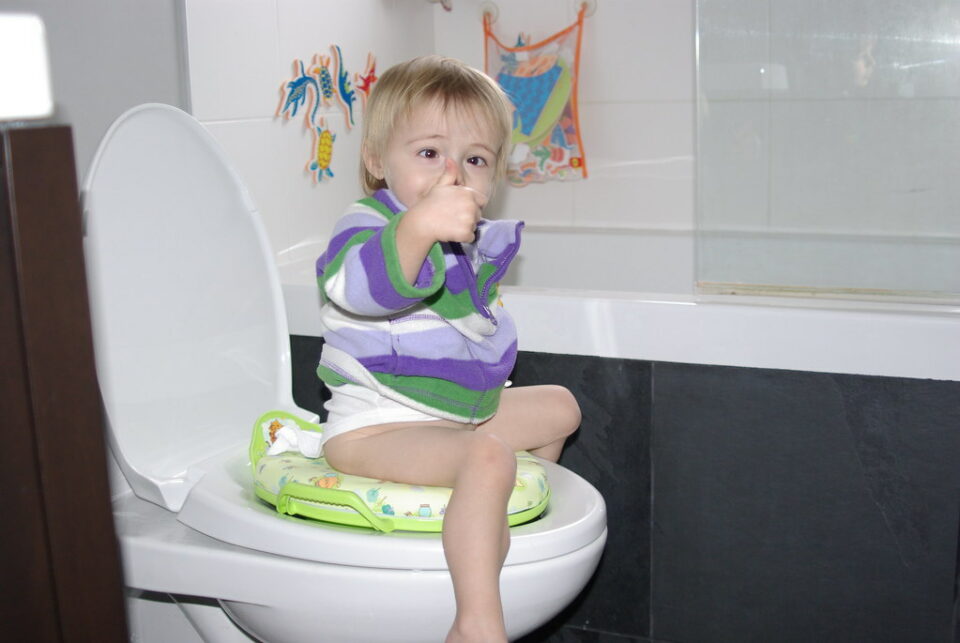
Encourage your child to use the toilet first thing in the morning to empty their bladder completely and help them stay dry at night.
- Take your child to the toilet as soon as they wake up.
- Encourage your child to pee even if they don’t feel the urge.
6. Make sure your child’s bed is comfortable and dry

Choose breathable bedding and a comfortable mattress to ensure your child sleeps soundly and doesn’t wake up feeling wet.
- Protect your mattress from bedwetting by using a protector.
- Change your child’s bedding regularly, especially if they have an accident.
7. Use a mattress protector
A waterproof mattress protector is a valuable investment, making clean-up easier and protecting the mattress from accidents.
Choosing a mattress protector crafted from durable material capable of withstanding moisture ensures a snug fit over your mattress to prevent leaks. Regularly change the mattress protector, especially after accidents, for optimal hygiene.

8. Use a pull-up at night
While transitioning from diapers to underwear, consider using pull-ups for nighttime wear. Pull-ups provide some absorbency in case of accidents while allowing your child to feel the wetness.

Pull-ups can help reduce the stress of nighttime potty training for both you and your child.
9. Give permission to wake you up if needed
Allowing your child to seek assistance from you during the night if they need to use the bathroom can help prevent accidents. Your child will know that you are there to support them and that they are not alone.
Moreover, you should tell your little one how to wake you up. Teach them to call your name or gently shake you. Let your child know that you will always be there for them.
10. Practice patience
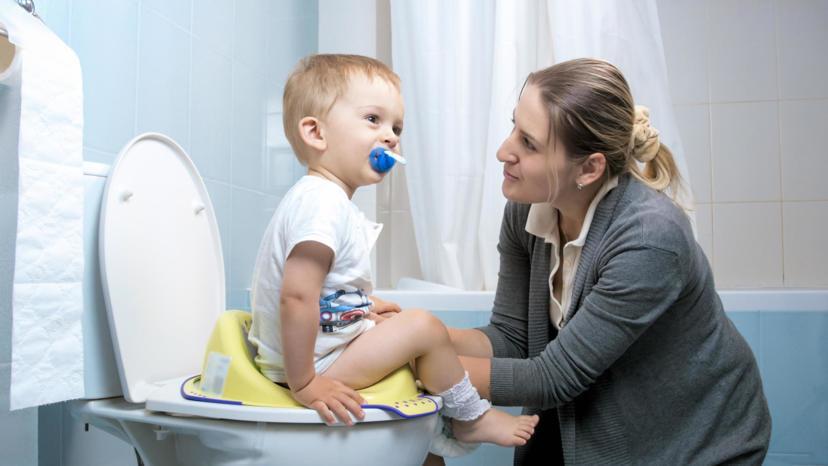
Nighttime potty training can take time and effort. To achieve success, it is important to avoid getting discouraged by setbacks, stay consistent with your approach, and be patient, understanding, and supportive throughout the journey. Remember that every child is different. Some children may take longer than others to master nighttime potty training.
Troubleshooting
Here are some strategies for troubleshooting common challenges encountered during nighttime potty training:
1. Don’t punish or shame
Punishing or shaming your child for accidents during nighttime potty training will only make them feel anxious and discouraged. Instead, focus on positive reinforcement and encouragement. Acknowledge and praise their efforts, even if they have minor accidents. This will show them that you support and believe in their learning.

2. Check to make sure your child is drinking enough fluids during the day
Dehydration can lead to nighttime wetting. Parents should let their kids drink lots of fluids during the day, especially water, to keep their bladder healthy and functioning properly. Then, they can limit fluids before bedtime to minimize the likelihood of accidents overnight.

4. Addressing nightmares or anxiety
Nightmares or anxiety can disrupt sleep patterns and increase the risk of bedwetting. If you suspect your child is experiencing nightmares or anxiety, talk to your pediatrician or a child psychologist. They can guide strategies to address these issues and help your child sleep more soundly.

5. Dealing with fear of the dark
When your child fears the dark, give them a nightlight or leave a slightly ajar door to let in some light. This can help them feel more secure and less likely to hold their urine until morning. You can also introduce bedtime rituals, like reading a book or singing a lullaby, to create a calming environment before sleep.

Final thoughts,
Night-time potty training is a challenging but essential phase in a child’s development. Recognizing the signs of readiness and starting a consistent routine can lay the foundation for nighttime potty training success. Addressing potential challenges with patience will help your child overcome obstacles and master nighttime potty training.
Remember, every child is unique, so tailor your approach to their needs. You and your child can conquer the nighttime potty training journey together with time, effort, and a supportive attitude.
Rose Bryne
Hi, I’m Rose! I love animals and spending time with kids. At Loveable, I help people find unique gifts for special occasions like Valentine’s Day, housewarmings, and graduations. I enjoy finding gifts for kids, teens, and animal lovers that match their interests and personalities. Making gift-giving a pleasant experience is my priority. Let me assist you in finding the perfect gift!
If you love this post, share it with your friends!
